You may notice that mobile phone chip manufacturers will specifically promote their corresponding Cat level and speed when releasing their new baseband chips. For example, the Intel XMM 7260 chip supports LTE CAT6 300Mbps. why? This is because this is the indicator that identifies the highest communication capability of the mobile phone, and is also a sign of the chip company's product design and development capabilities.
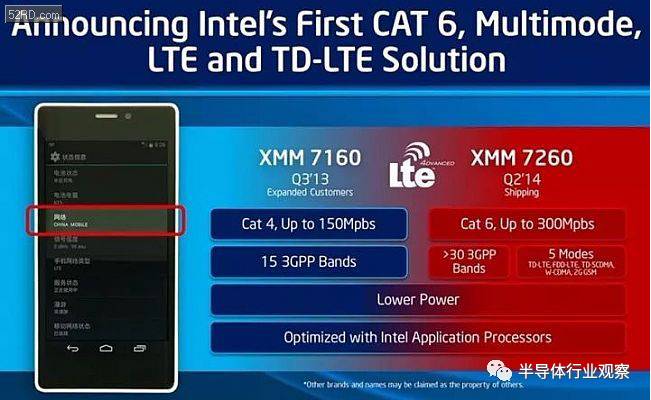
Similarly, at the press conferences and exhibitions of mobile phones and terminals, the logo of the Cat capability corresponding to its products is often seen. There is always a frequent protocol signaling interaction process between the mobile terminal and the network to negotiate the process, configure parameters, and schedule resources to ensure normal daily calls and Internet access. To fully utilize the functions of our mobile phones, we need to let the network side know what capabilities our mobile phones have. Among them, the most relevant to everyone is the UE Category terminal capability level that reflects the data download and upload rate.
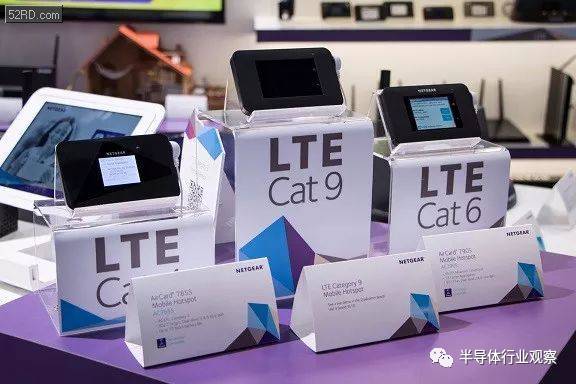
Netgear router that identifies the supported terminal capability levels
Next, let's take a look at how the network side gets the capability level information of the mobile phone. During the network attachment process, the base station sends a UE Capability Enquiry message to the UE to query the UE capability. The UE sends a UE Capability Information message to the base station to report the capability information of the UE.
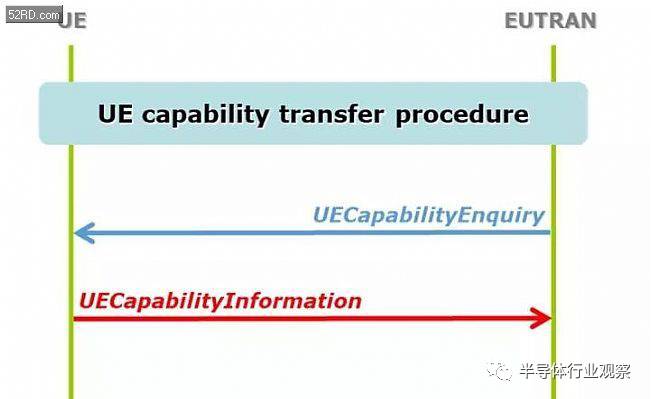
The UECapabilityInformation message is responsible for transmitting the UE radio access capability information required by the E-UTRAN to the E-UTRAN, and includes information of the UE capability level in the two information elements of the message, as shown in the following figure. Red frame.

ASN encoding of UECapabilityInformation message
In the LTE access network, the coding of the information element UE-Capability RAT-ContainerList is defined by the information element UE-EUTRA-Capability. The UE-EUTRA-Capability includes parameters of three terminal capability levels: ue-Category, ue-CategoryDL, and ue-CategoryUL.
The information unit UE-RadioPagingInfo includes the terminal capability level parameters required for the two system pagings ue-Category and ue-CategoryDL.

The parameter values ​​corresponding to all terminal capability levels are defined in detail in the 3GPP TS 36.306 specification. This document refers to the latest V14.4.0 version. There are already 6 terminal capability level parameters for the 3GPP R14 version:
ue-Category
ue-CategoryDL
ue-CategoryUL
ue-CategorySL-C
ue-CategorySL-D
ue-Category-NB
In TS 36.606, for the same ue-Category, the downlink and uplink are separately stated because the download rate and the upload rate are different. Starting from the R12 version, the downlink and uplink categories are also defined by different parameters, so there is ue-CategoryDL. With ue-CategoryUL, the definition of uplink and downlink rates becomes more flexible. The two can be combined with each other but are not randomly connected. 3GPP also defines the combination method.
ue-CategorySL-C and ue-CategorySL-D are new terminal capability levels given in LTE D2D (referred to as Sidelink communication in the specification) and V2X in 3GPP R14, and the specific values ​​are not listed herein.
In TS 36.606, the maximum number of data block bits in a single TTI is given for all UE Categories, and the maximum rate corresponding to the uplink and downlink can be calculated according to this. The main factors affecting the rate are: MIMO antenna number, carrier aggregation number, and modulation order. There are many ways to actually achieve the maximum rate, such as 8 antenna MIMO + dual carrier = 4 antenna MIMO + quad carrier, the specific implementation depends on the chip manufacturer's choice.
The next three tables are the maximum rates for each UE Catgory/UE Catgory DL/UE Catgory UL, refer to the latest R14 version.
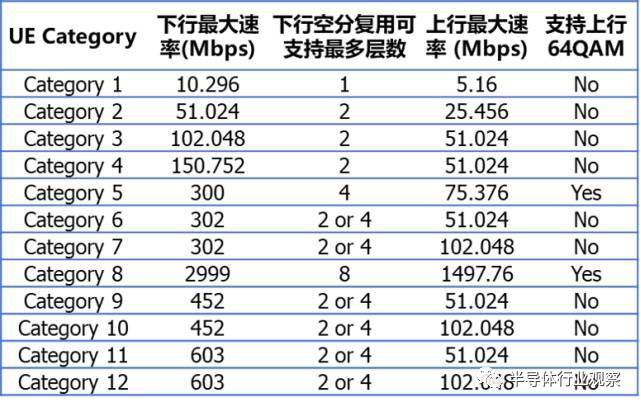
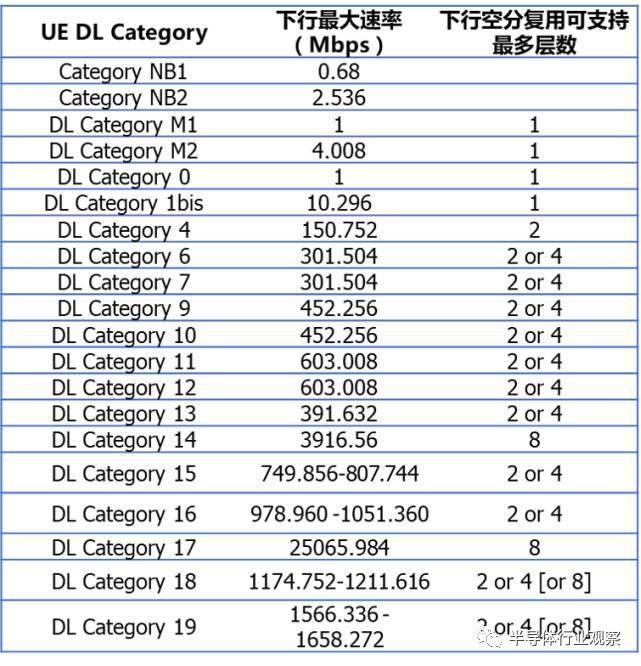
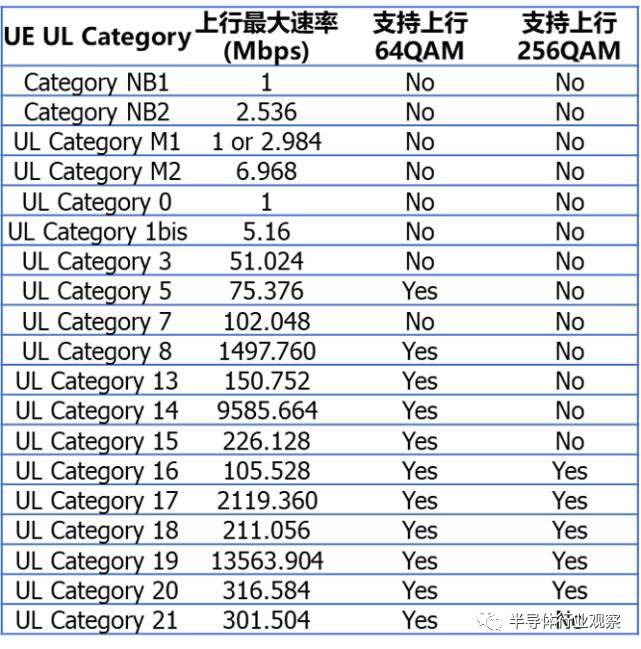
·Basic precautions
Do not put expensive oil into low-quality cartridges to avoid wastage. Most pre-filled oil cartridges have the so-called 510 thread. The oil cartridge screws onto a rechargeable battery. Some of these batteries have buttons and some heat up automatically when you pump the oil. Some batteries have multiple temperature settings and some heat up to a preset temperature; these features need to be known in advance.
·Cleaning notes
Use a suitable cleaning tool to clean them, such as activated charcoal or dried tea leaves in a used pipe to absorb the oil. It is important not to use alcohol or other boiling water to clean the pipe, and to wait until it has cooled down completely before cleaning. Otherwise, the hot stem will come into contact with the watery liquid and cause the mouthpiece tenon to loosen, thus shortening the life of the 510 cartridges.
This is what you should be aware of when using 510 cartridges. At the same time, when using 510 cartridges, there are still some vaping tips, for example, when using them, be careful not to suck too hard, will not produce smoke. When you inhale too hard, the smoke is sucked directly into your mouth and not atomized by the atomizer, so gently inhaling is more powerful and gives you a better vaping experience.
510 Cartridge Oem,Leakproof 510 Cartridge,510 Battery And Cartridges Oem,510 Cartridge
Shenzhen MASON VAP Technology Co., Ltd. , https://www.masonvap.com